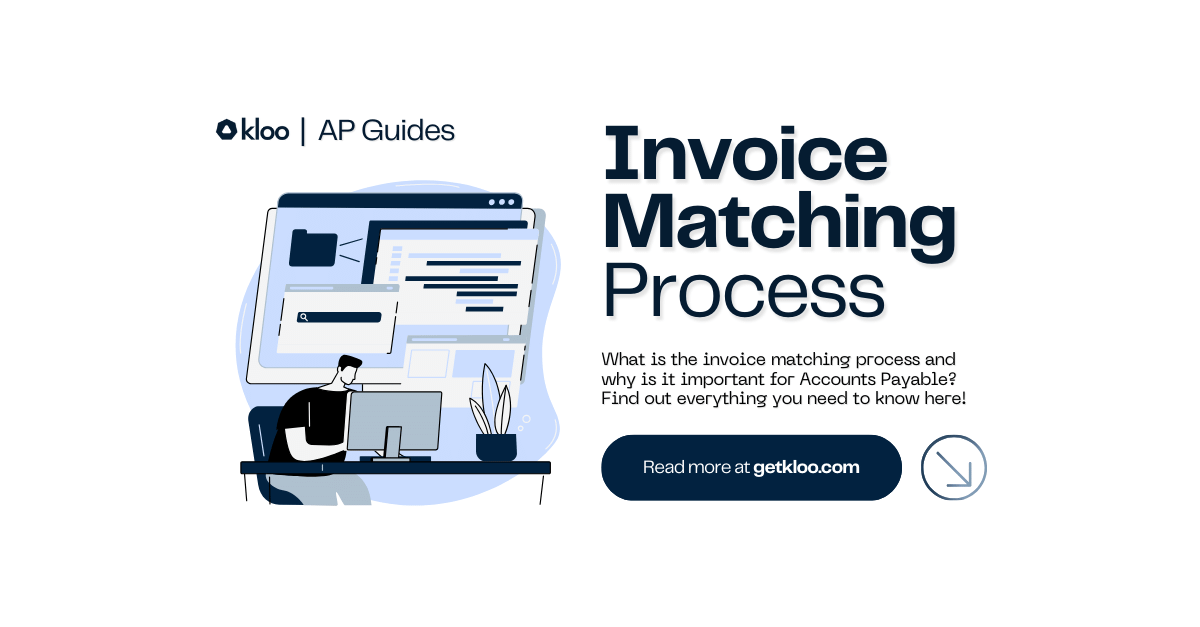
The PO Matching Evolution: Past, Present, and Future Solutions

Purchase order (PO) matching is a vital component in supply chain management, ensuring consistency and accuracy between purchase orders, invoices, and receipts. Over the years, PO matching has undergone significant changes, propelled by technological advancements and the need for more efficient procurement processes. In this article, we will delve into the concept of PO matching, its significance, and the solutions available today. We will also discuss the challenges associated with PO matching and why it remains a complex task.
PO Matching Through Time
PO matching is currently undergoing a technological revolution. To understand where we are heading, let's first examine its origins and current state of PO matching.
Traditional Manual Matching: The Bedrock of PO Management
In the formative years of procurement, purchase order (PO) matching was a wholly manual process, reliant on meticulous cross-referencing of purchase orders with invoices by diligent staff. While foundational, this method was inherently slow and prone to human error, leading to mismatches and delayed payments that could ripple through the supply chain.
The Advent of Automated Matching: A Step Forward
With the rise of technology, automated PO matching solutions have come to the fore. These solutions use software and algorithms to match POs, invoices, and receipts, significantly reducing manual effort and improving accuracy. Here are some commonly used PO matching solutions today:
- Electronic Data Interchange (EDI): EDI facilitates electronic communication and exchange of business documents between trading partners. It enables automated PO matching by electronically transmitting POs, invoices, and receipts, ensuring real-time visibility and minimising manual intervention.
- Optical Character Recognition (OCR) Technology: OCR technology transforms scanned or digital documents into machine-readable text. It enables automated data extraction from invoices and receipts, facilitating seamless matching with POs.
- Robotic Process Automation (RPA): RPA technology, when combined with OCR, can use structured data from various sources, including OCR, purchase orders, invoices, and receipts, and validate it against predefined rules. This enables automated matching and identification of discrepancies between POs and other documents.
Yet, despite improvements in speed, they were not immune to challenges. About 20% of invoices still demanded manual review, and resolving these exceptions consumed significant time and resources, underscoring the limitations of these nascent technologies.
So, what are the factors that make PO matching so time-consuming for AP teams? Here are the main hurdles:
- Data Quality and Variability: Variations in data formats, incomplete or inaccurate information, and discrepancies in document layouts can pose challenges for automated systems, requiring extensive data cleansing and normalisation efforts.
- Exception Handling: Certain scenarios, such as partial deliveries, price variations, or specification changes, may require manual intervention and decision-making. Handling exceptions in an automated manner remains a challenge for existing solutions.
- Integration and Interoperability: Integrating PO matching systems with existing ERP (Enterprise Resource Planning) or accounting software can be complex, especially when dealing with multiple systems or legacy infrastructure.
- Supplier Onboarding and Collaboration: Ensuring that suppliers adhere to standardised processes and provide accurate data can be challenging. Supplier education, training, and collaboration is essential for successful PO matching.
Today's Landscape: AI-Autonomous Matching
Now, we stand at the threshold of a new era with AI-powered matching. Our solution enhances OCR capabilities with a layer of AI, crafting a system that not only matches but also understands and learns from each transaction. This AI-empowered approach significantly reduces the need for manual intervention, addressing the 20% exception rate head-on and transforming PO matching into a more autonomous and reliable process.
In the present and looking to the future, our AI-driven method is not a mere incremental improvement but a redefinition of what's possible in PO matching. With Kloo's solution, finance teams can now enjoy unprecedented levels of accuracy and efficiency, freeing them to focus on the strategic elements that drive business forward. This is the reality of AI in action – a seamless, intelligent, and continuously improving system that is reimagining the potential of procurement processes.
Let's get started

